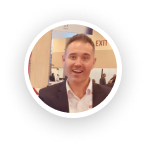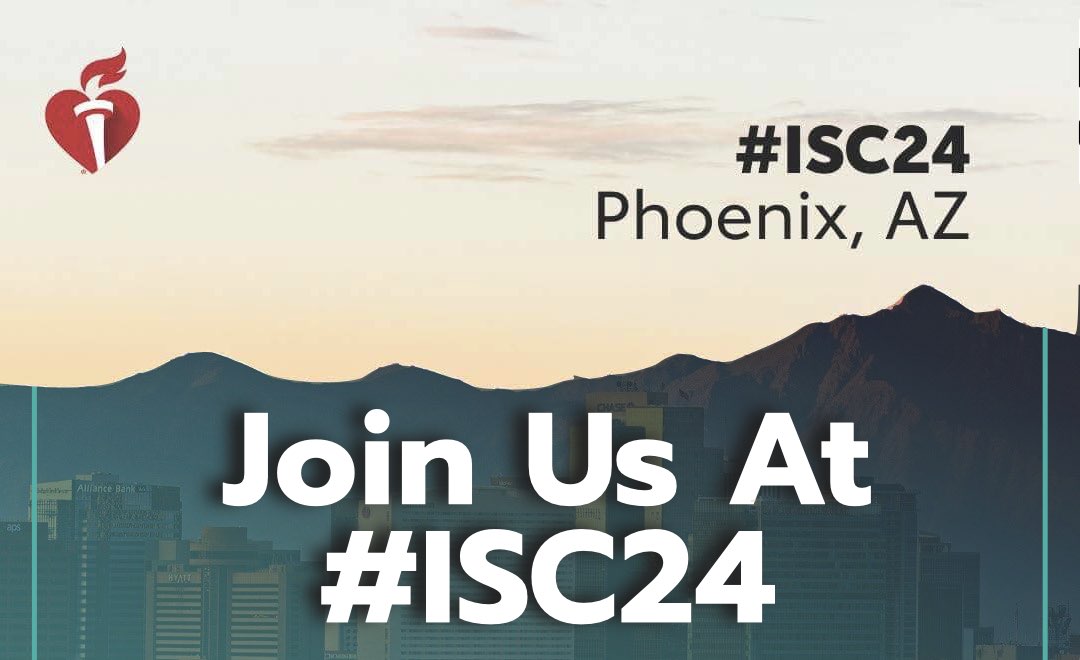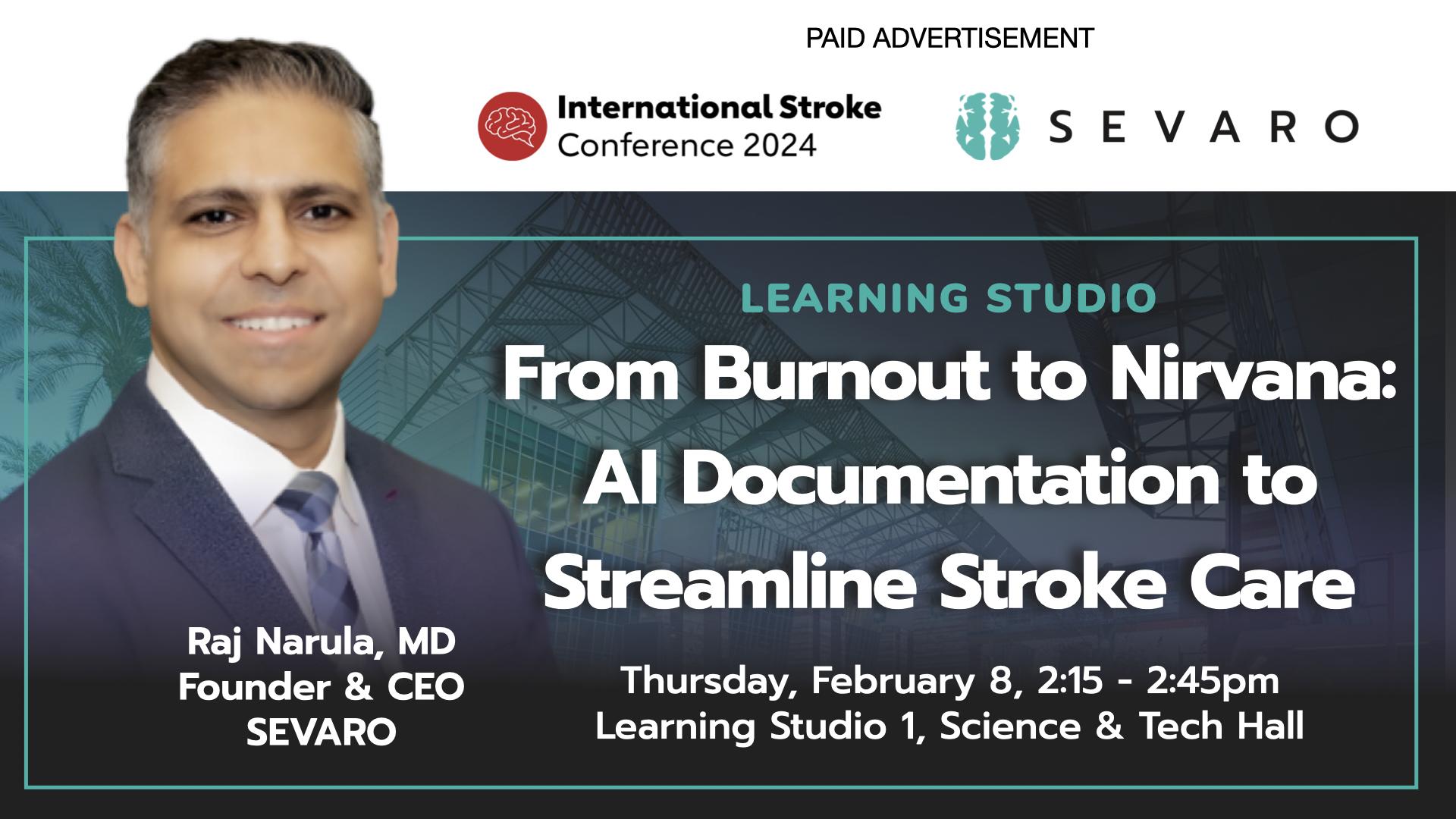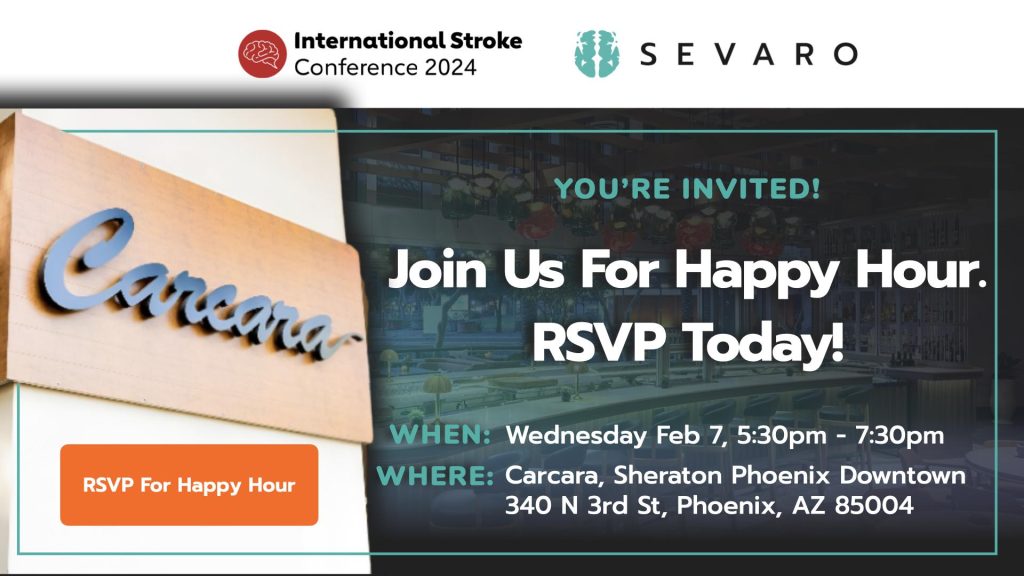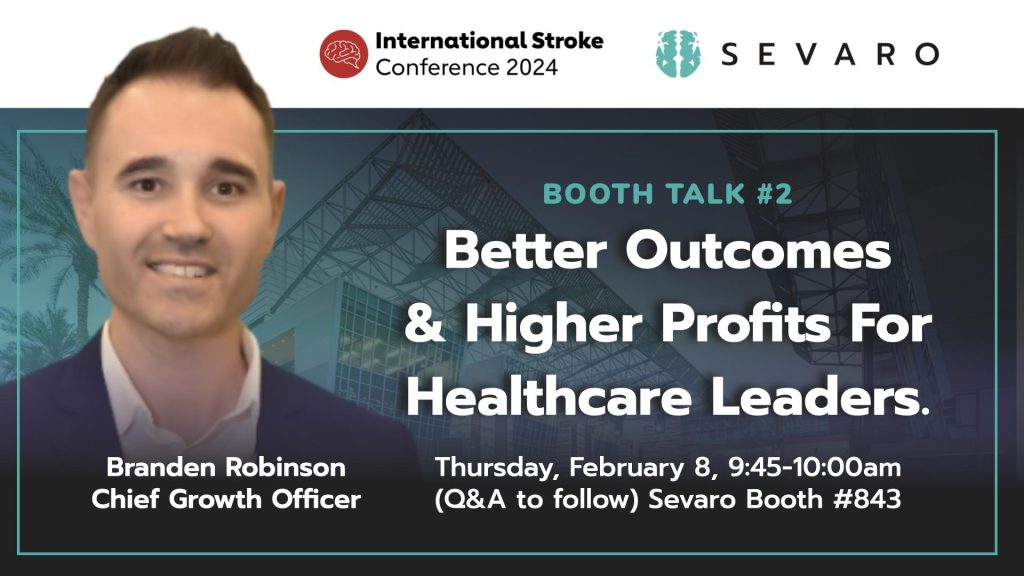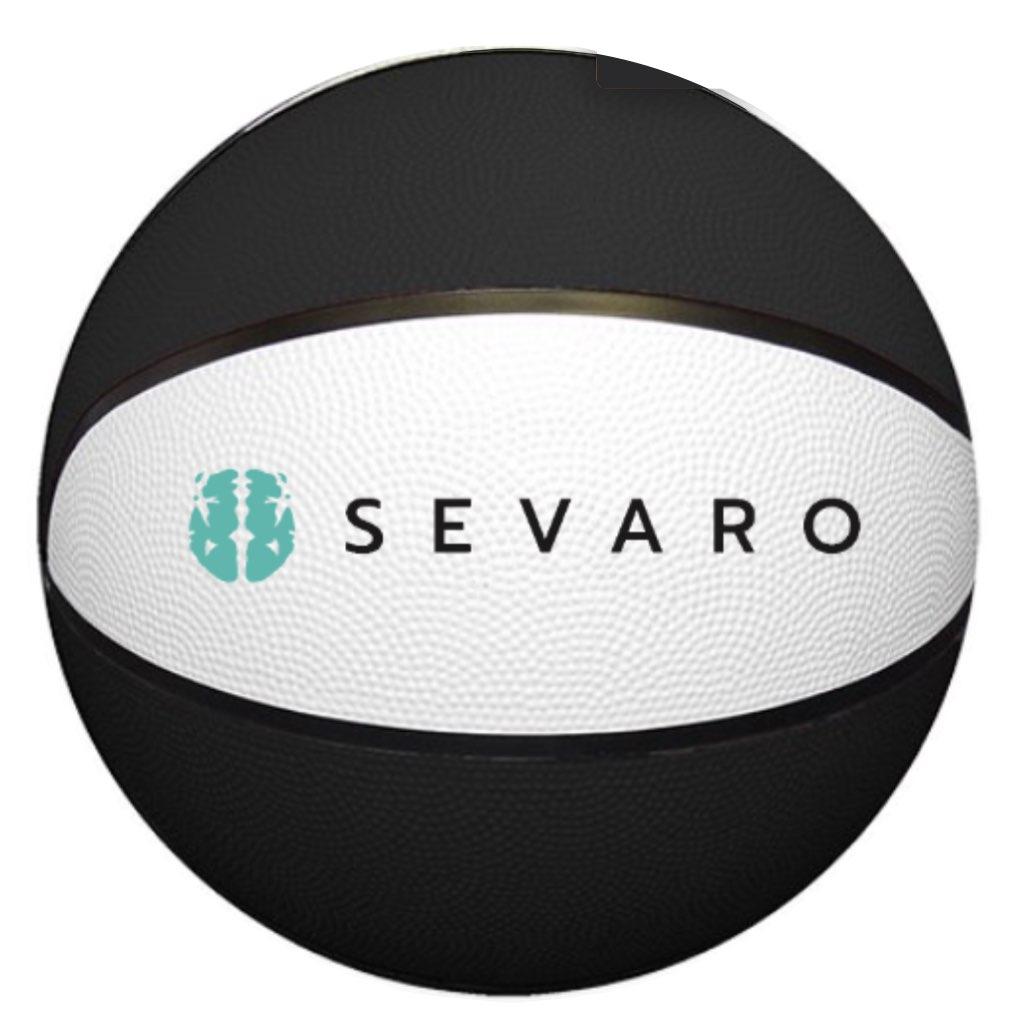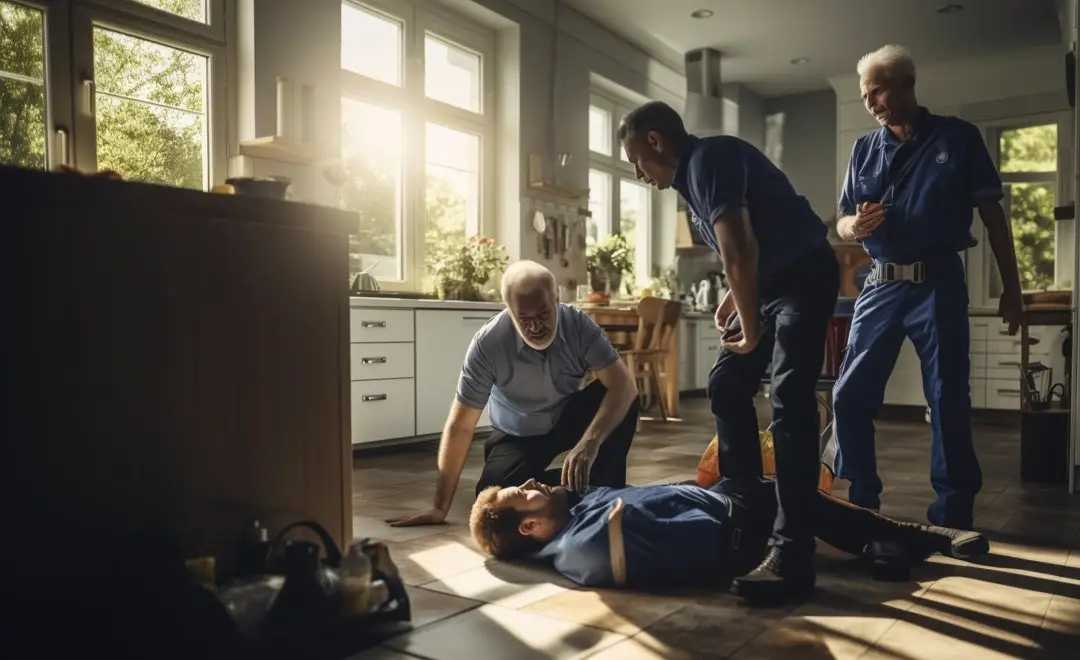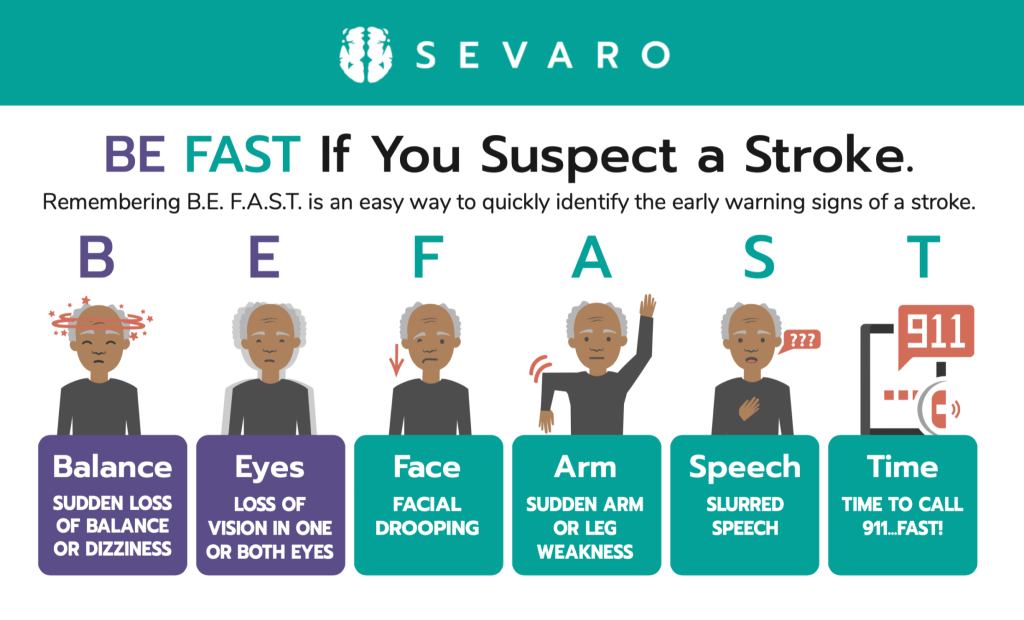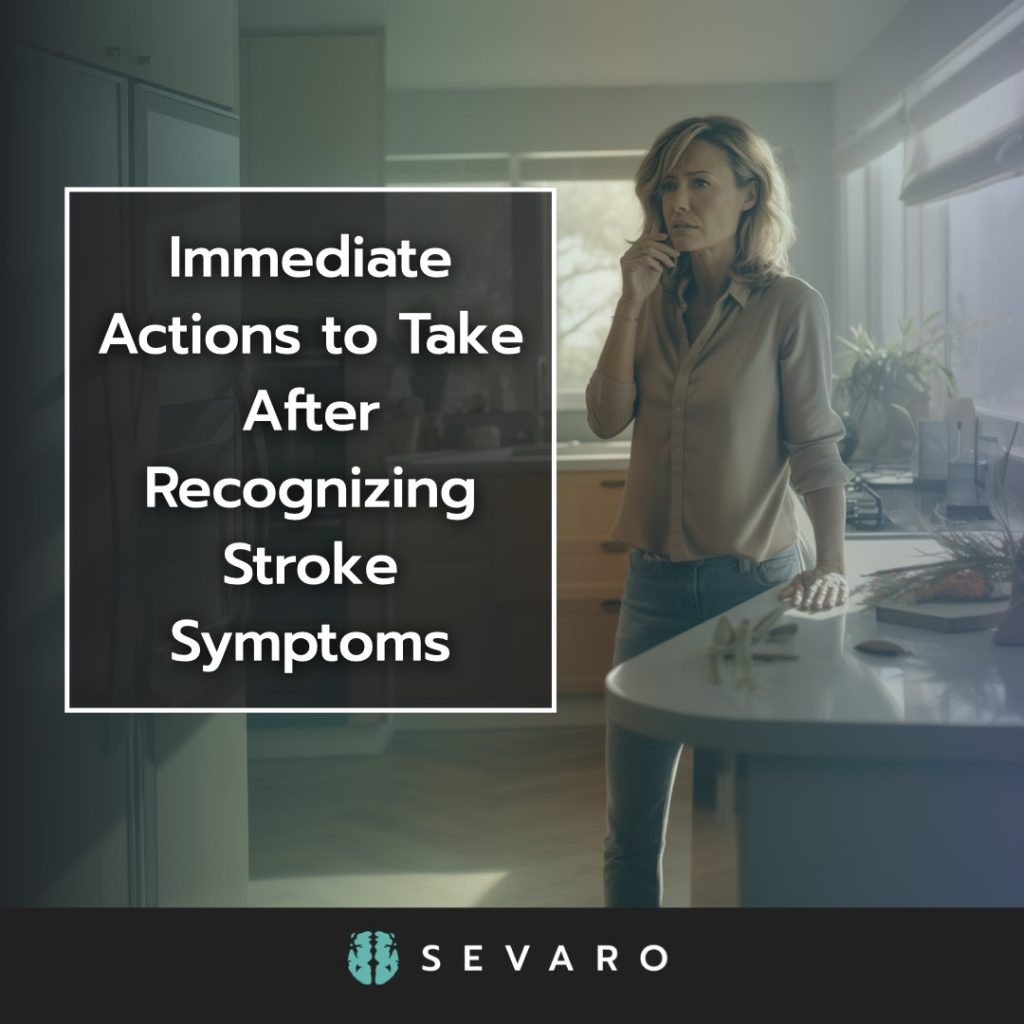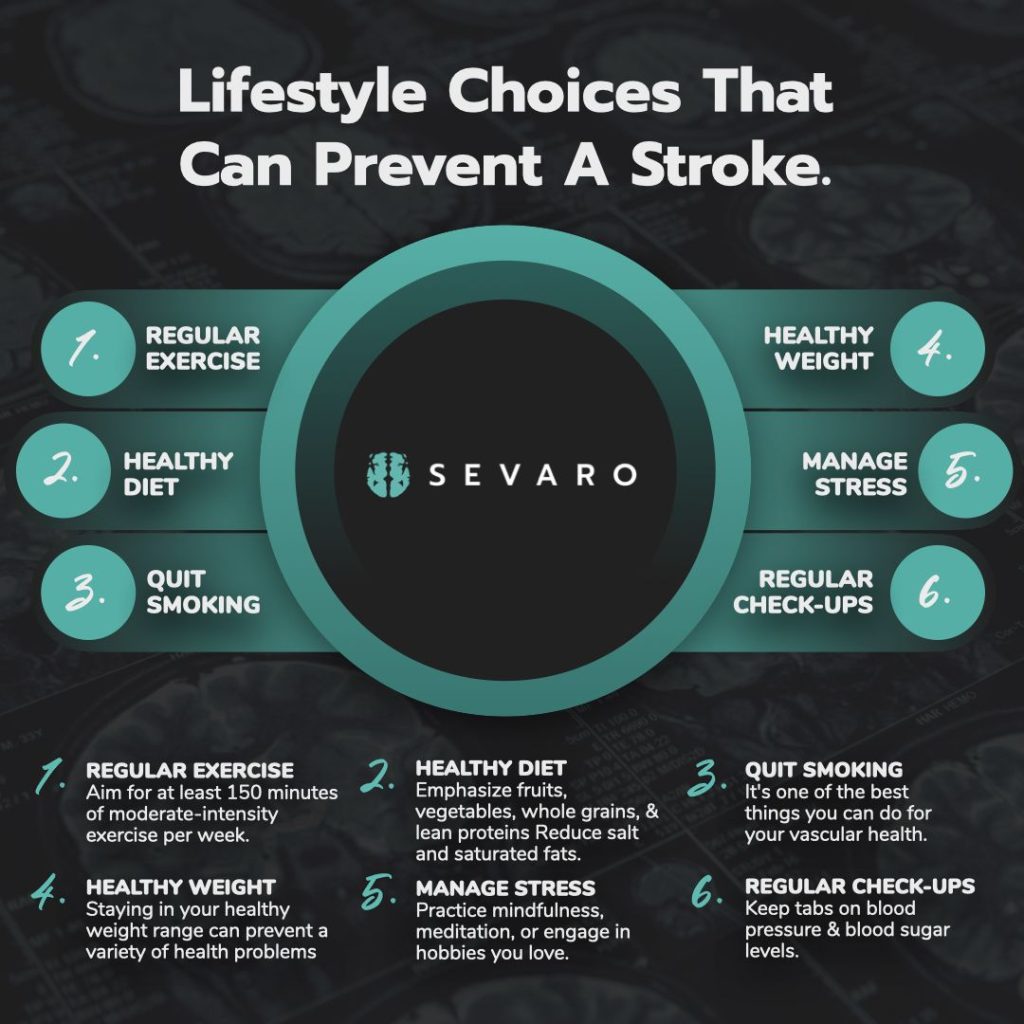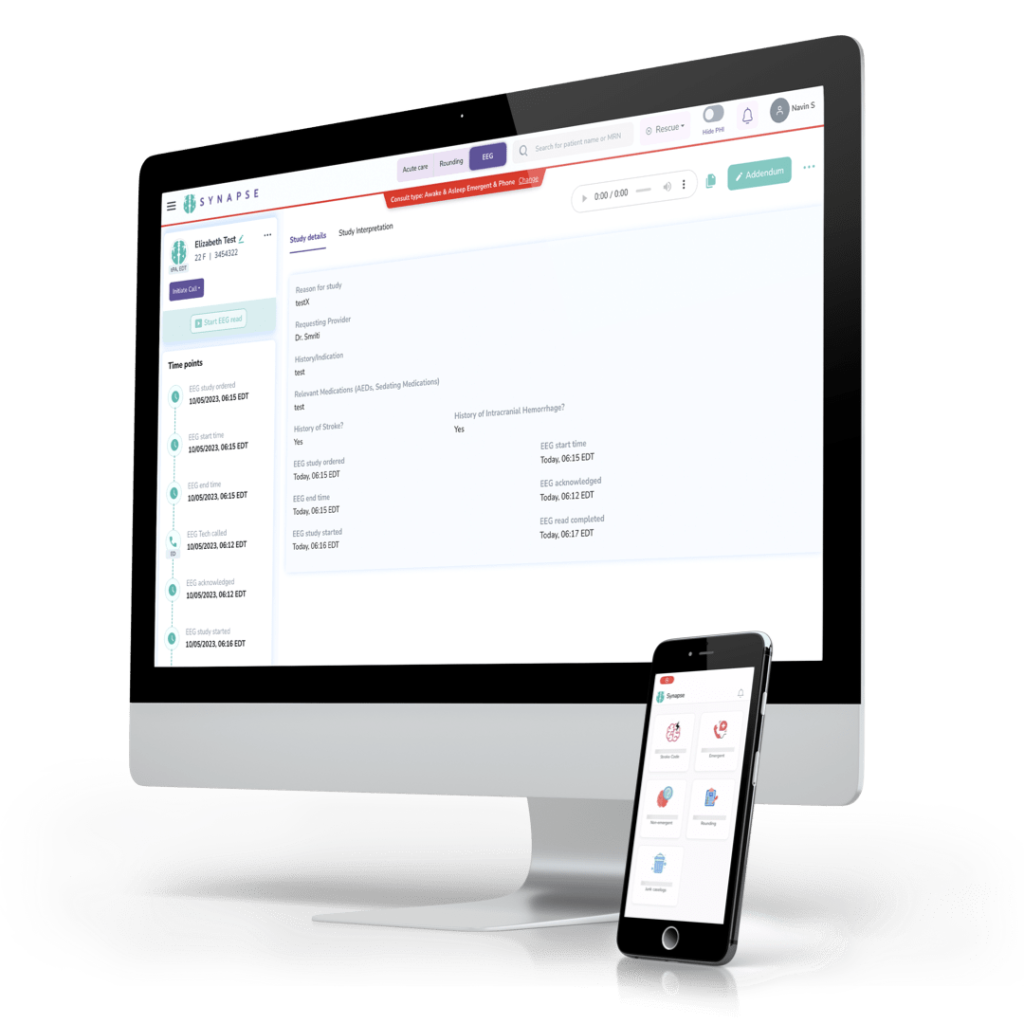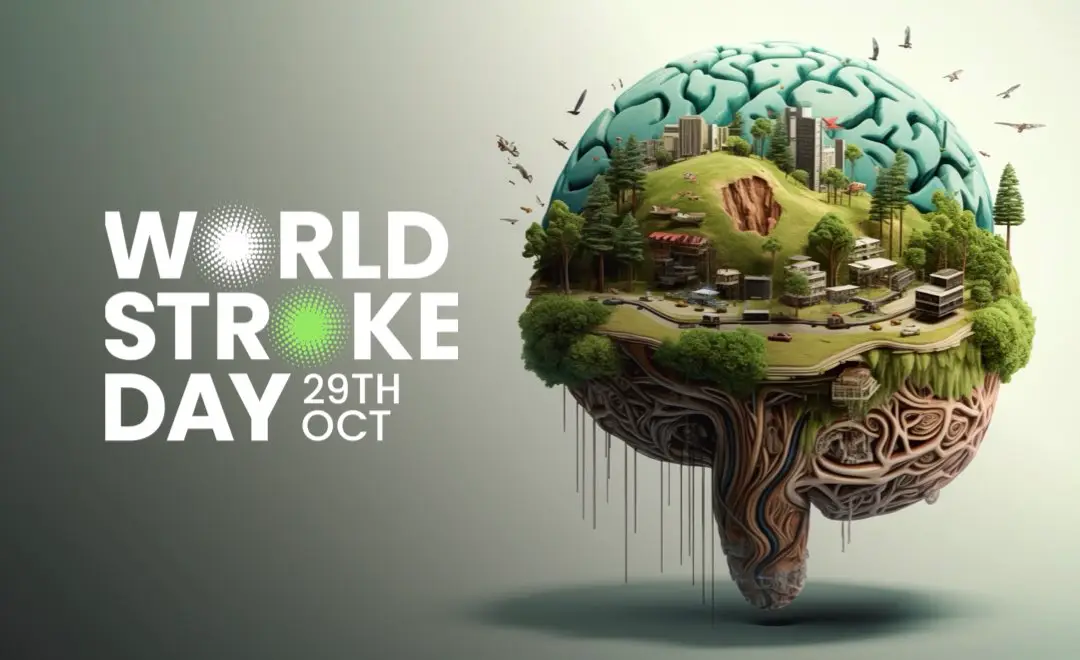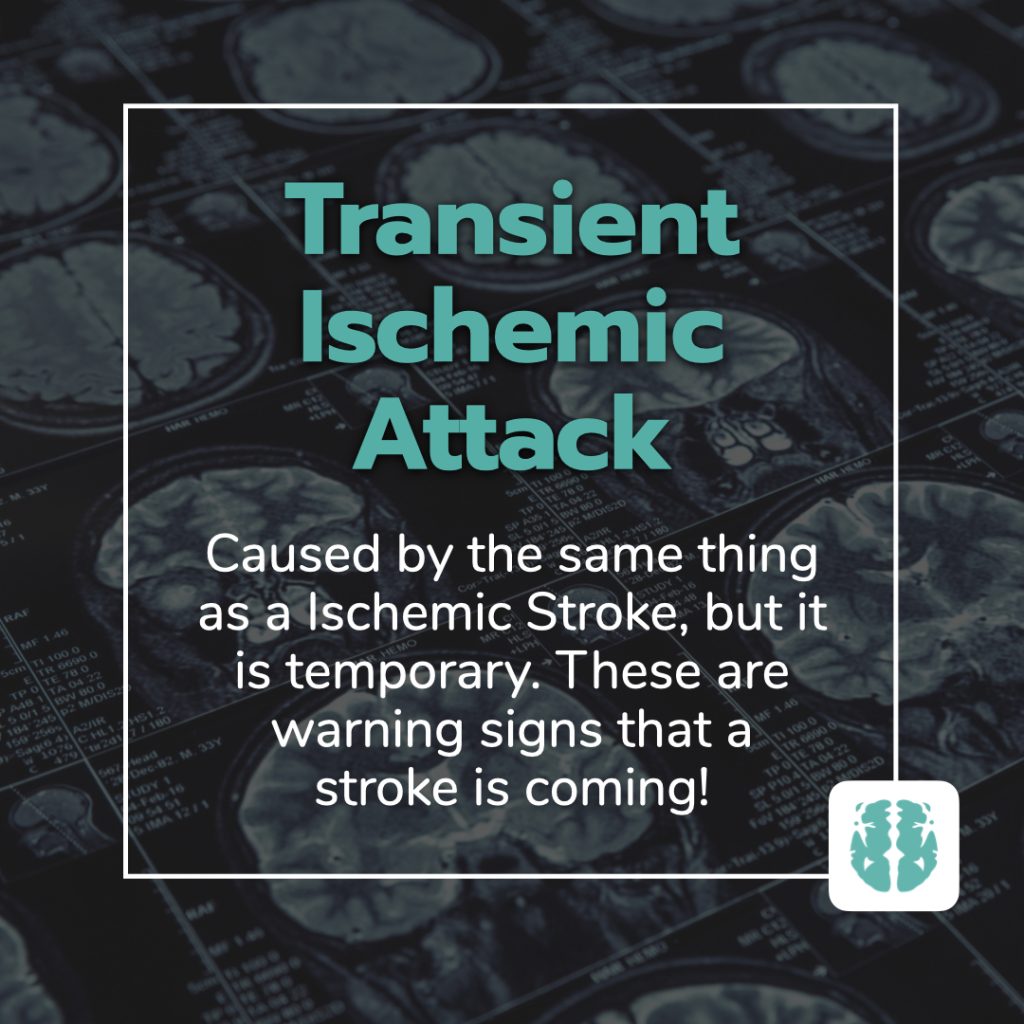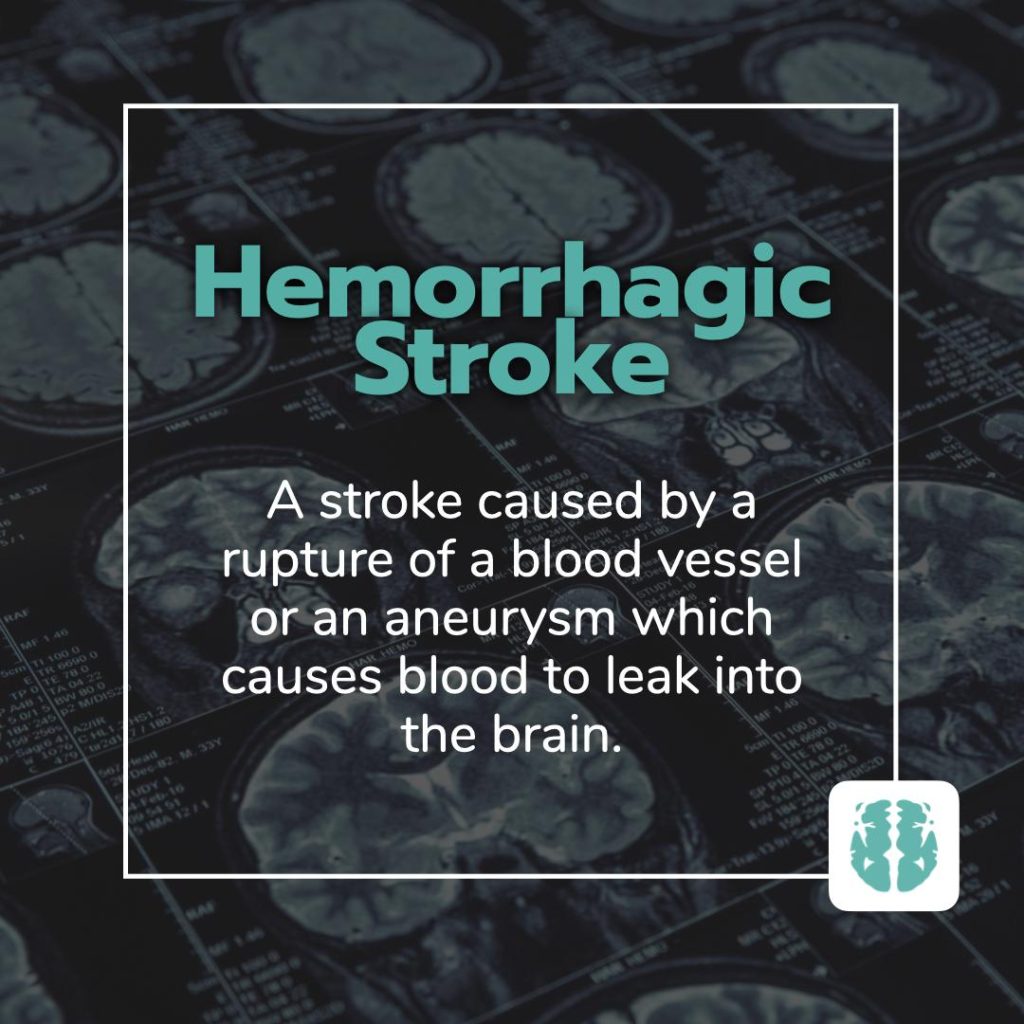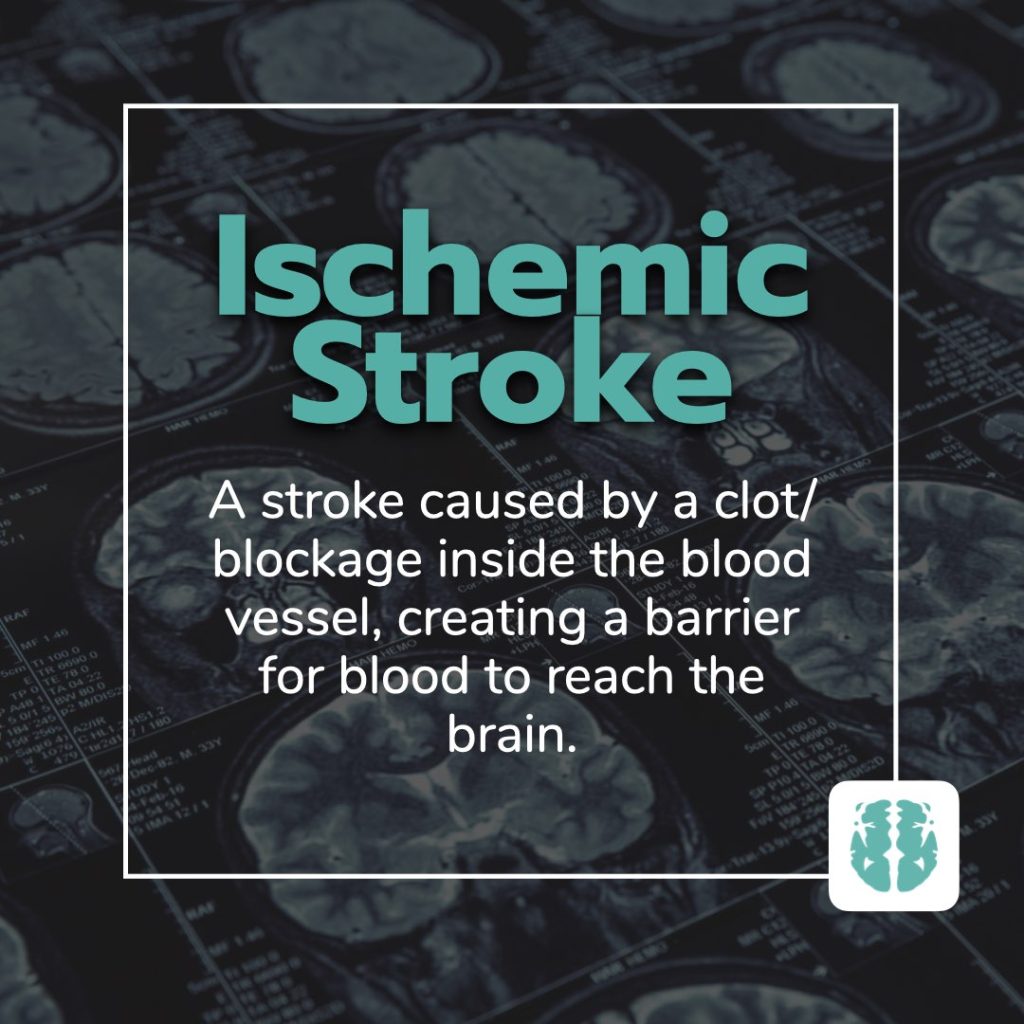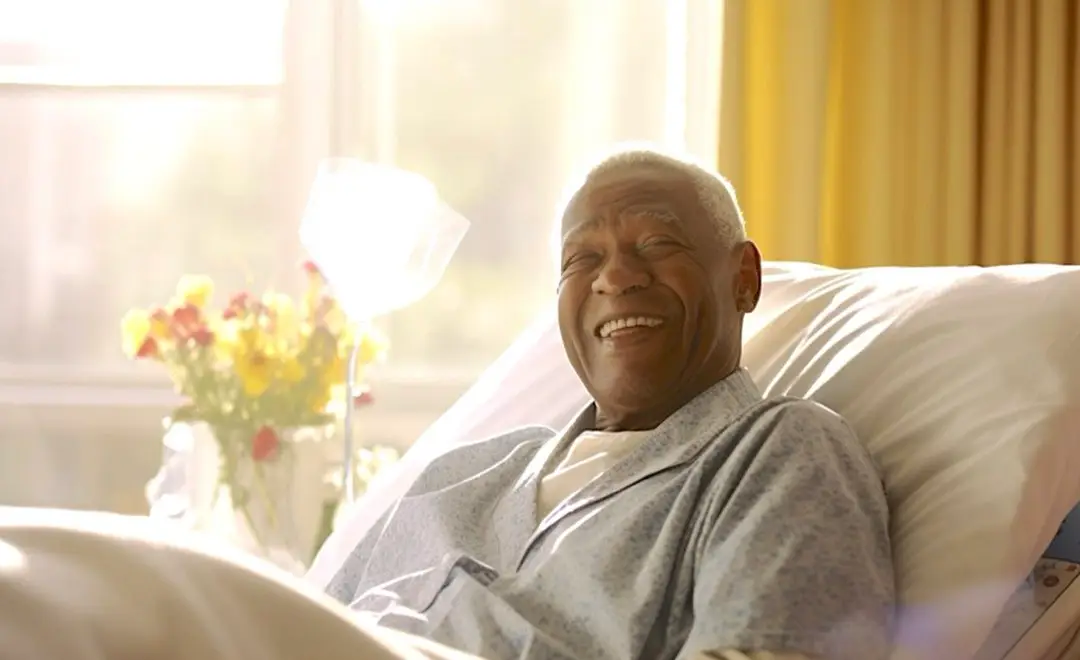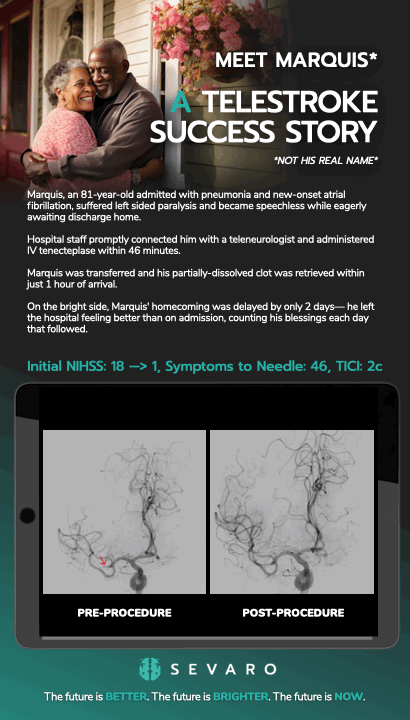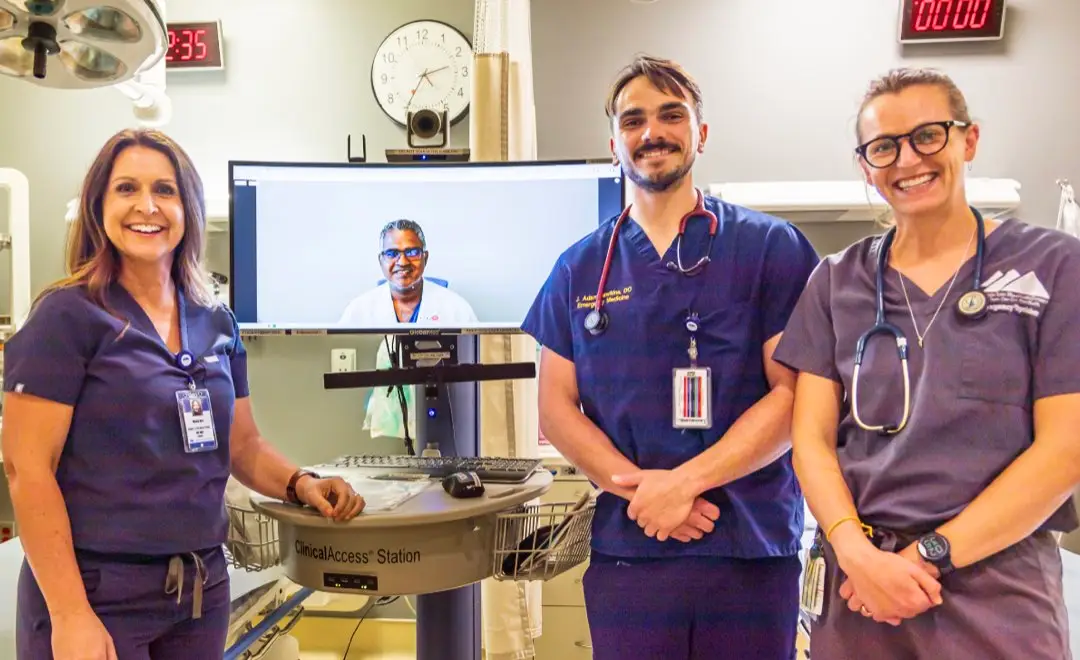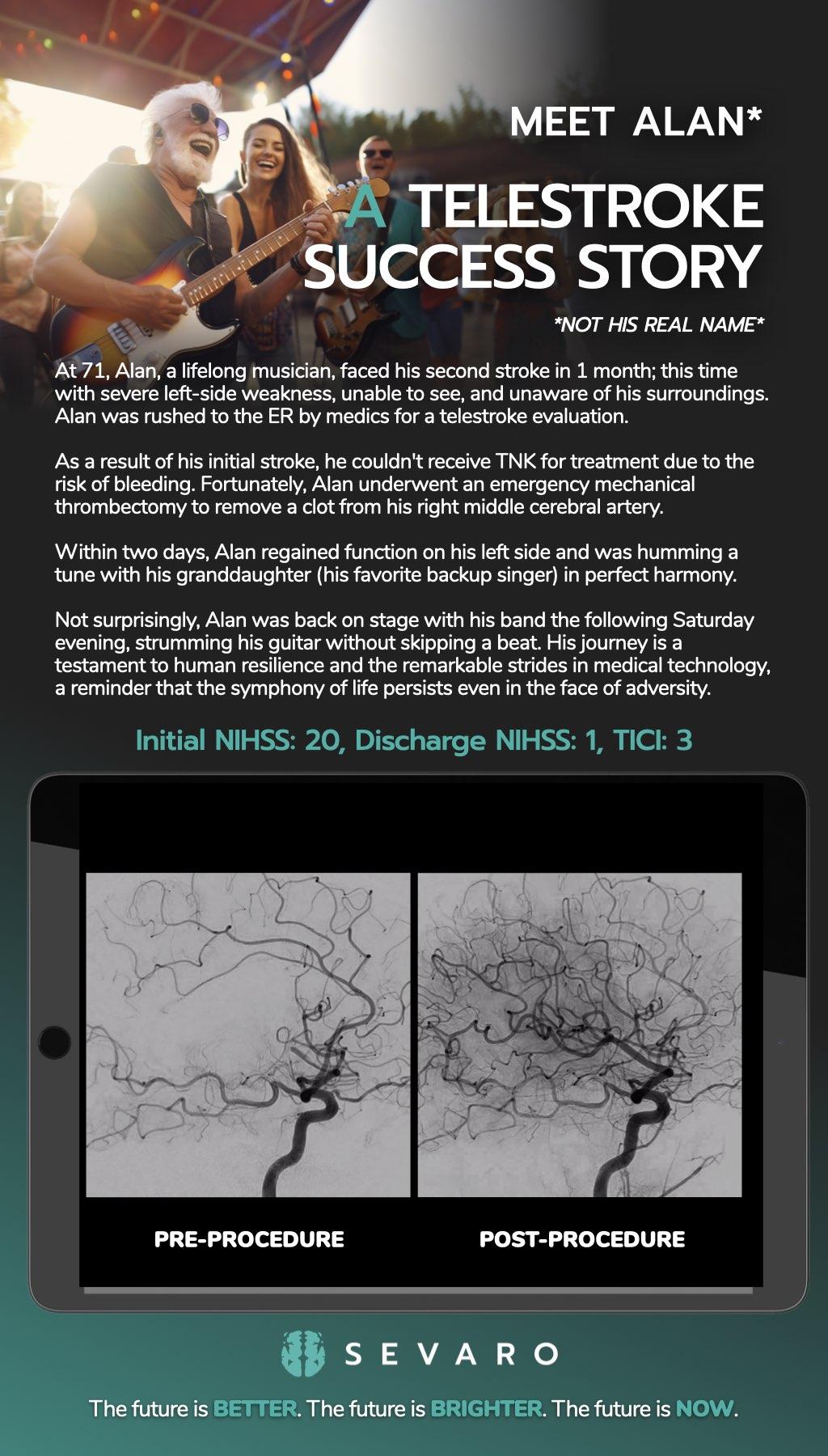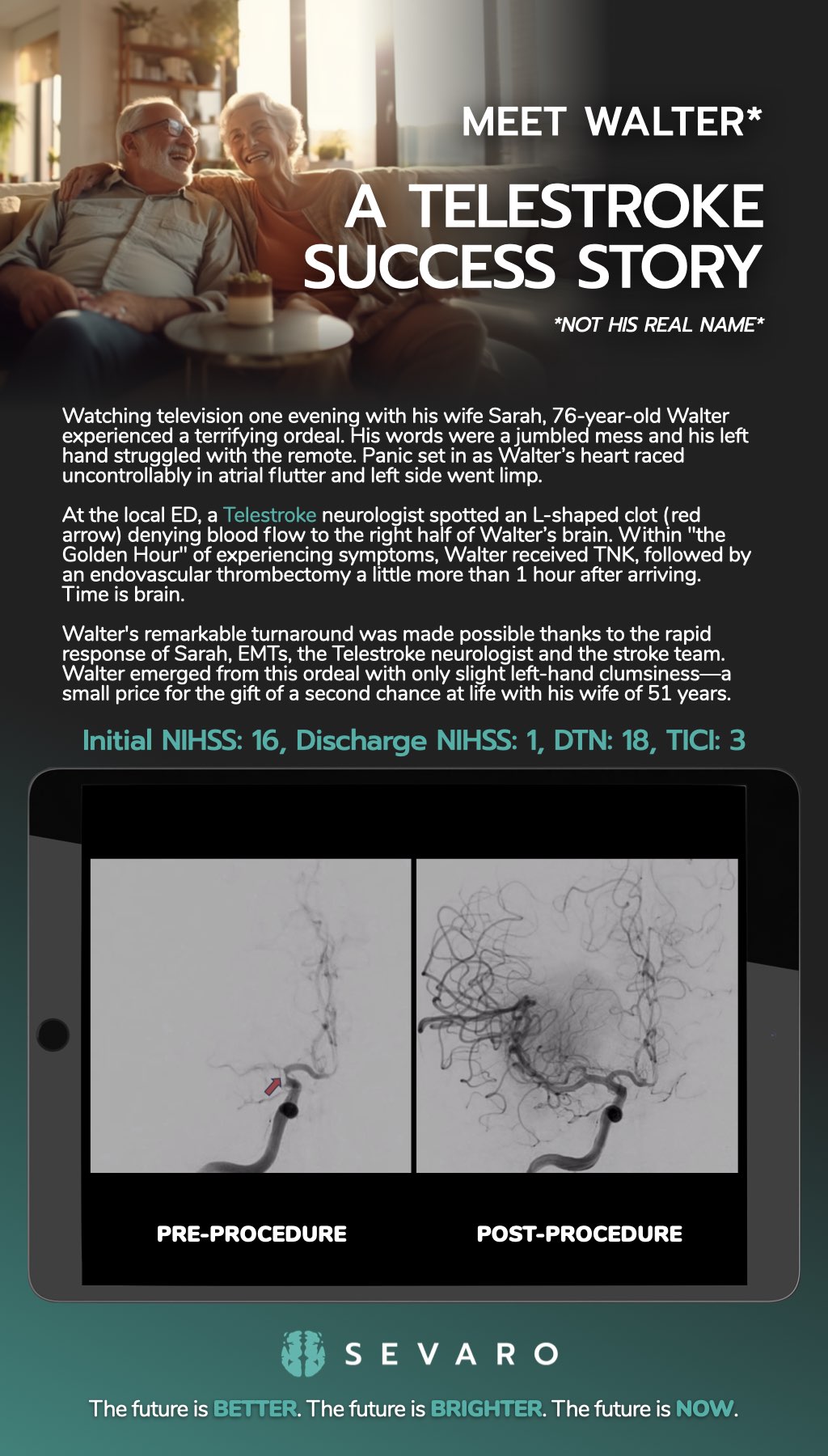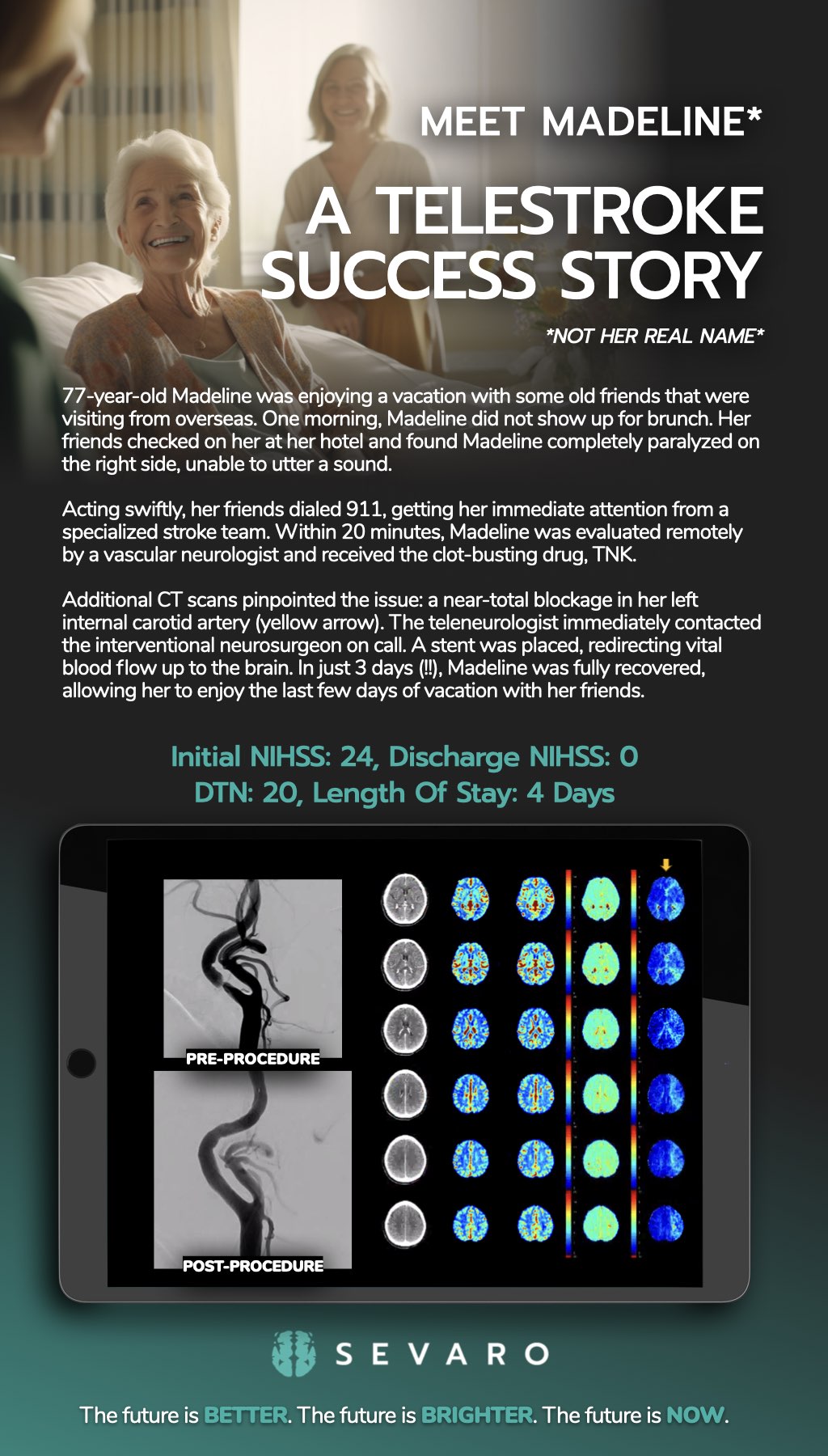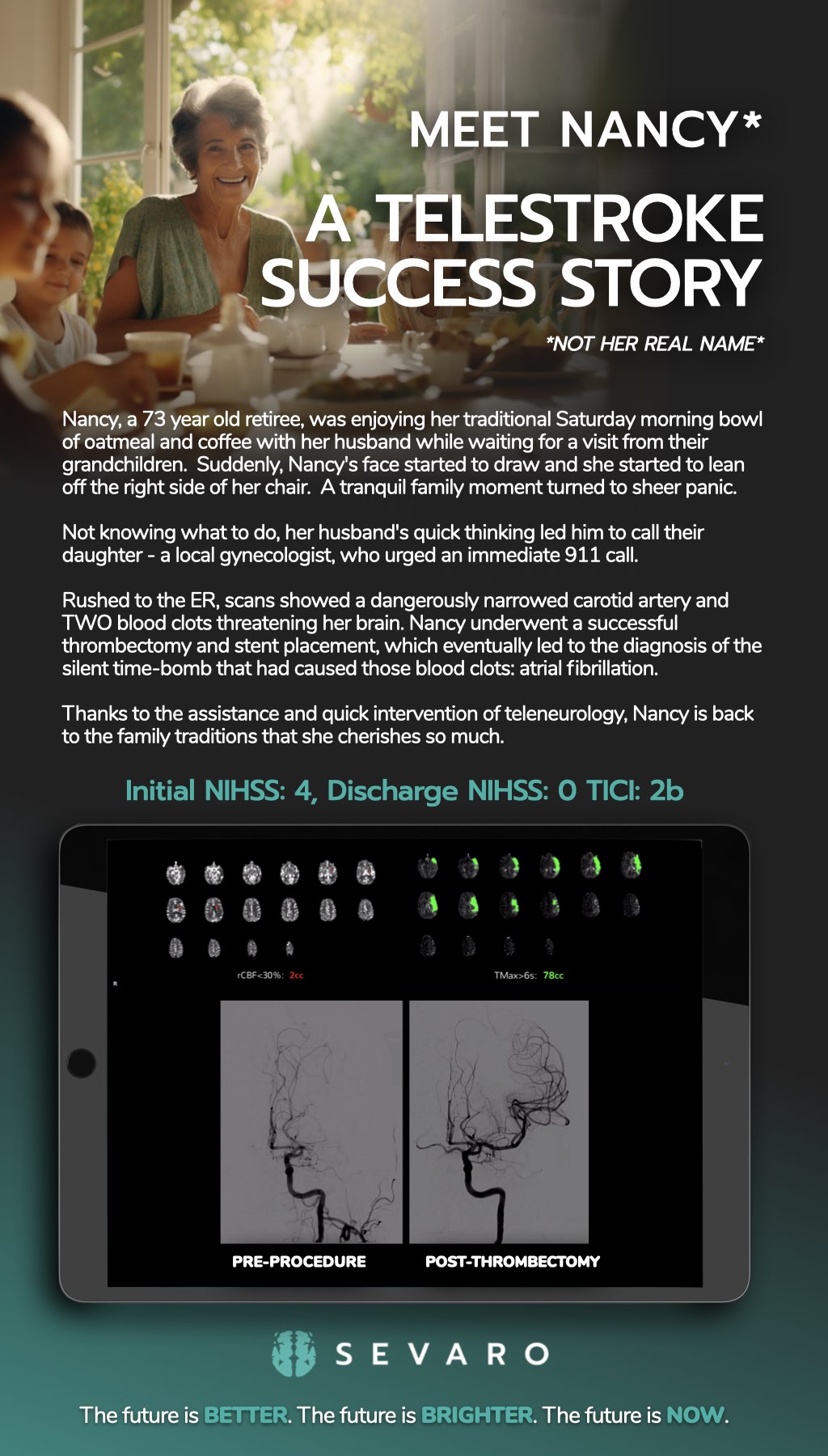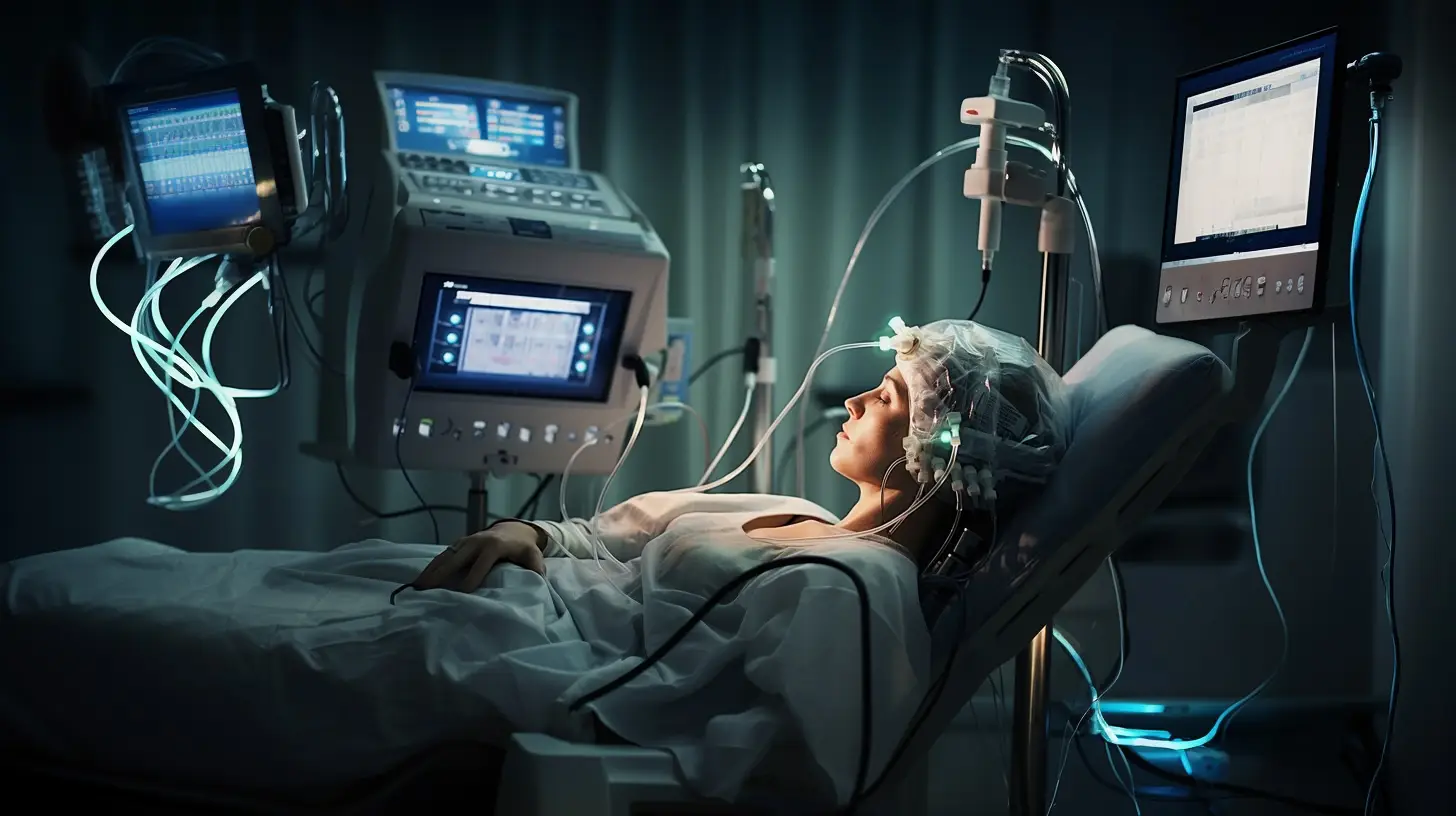Sevaro Health Introduces ‘Nirvana Notes’, Revolutionizing Virtual Neurology with Touchless AI Documentation
February 8, 2024
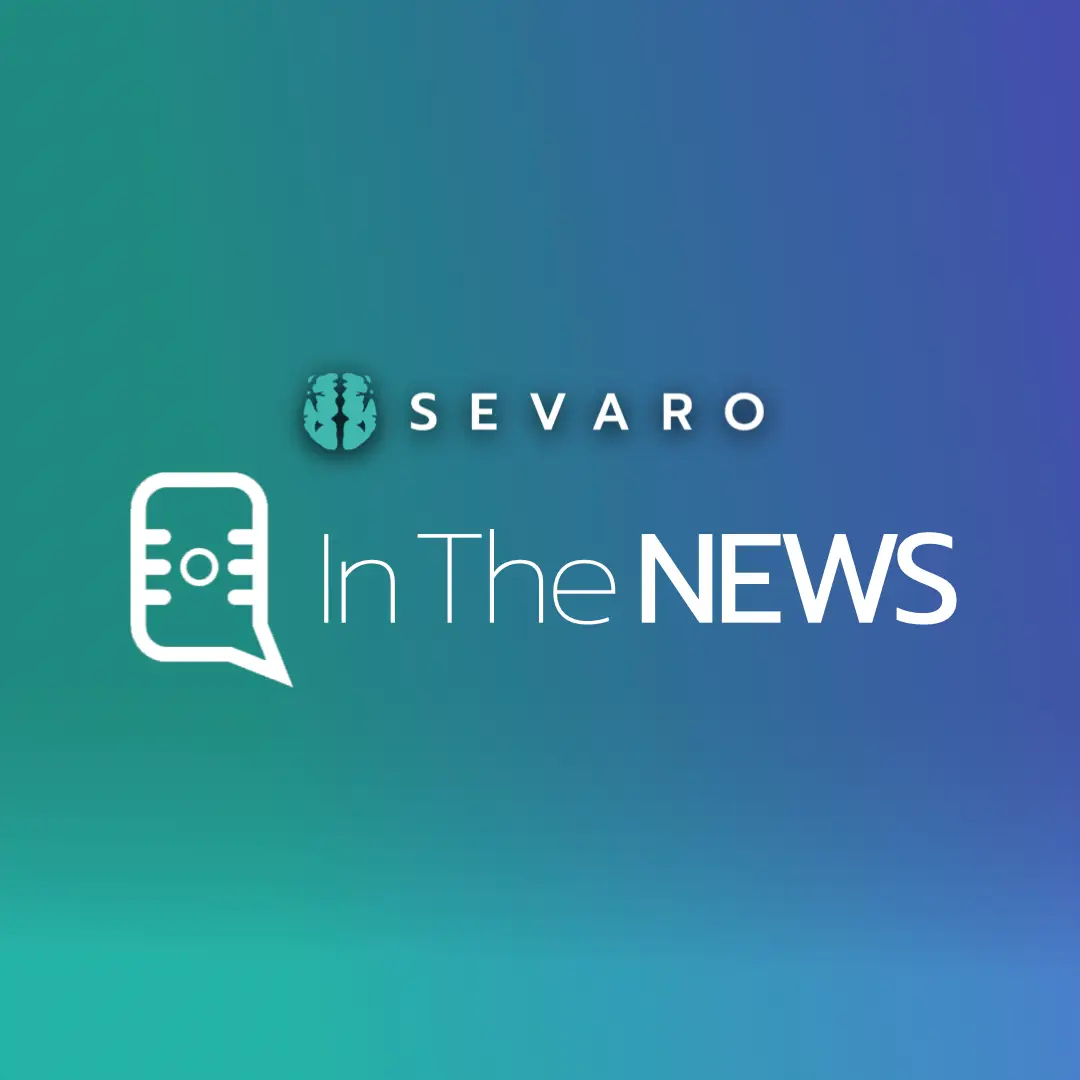
EAST BRUNSWICK, NJ – Sevaro Health, a leading virtual neurology company, today announced the launch of its groundbreaking technology, ‘Nirvana Notes’, designed to transform the landscape of virtual neurological care.
This innovative tool introduces Touchless AI Documentation, allowing neurologists to fully focus on patient care during telemedicine encounters without the need for typing or manual note-taking.
Recent studies have indicated that documentation demands are a primary cause of physician burnout. Nirvana Notes addresses this challenge head-on, providing a seamless, efficient solution for telemedicine documentation.
Dr. Rajiv Narula, Founder & CEO of Sevaro Health, stated, “Nirvana Notes is set to change the way neurologists practice telemedicine. It’s a testament to our commitment to prioritizing patient care without the constraints of technology. I am incredibly proud of our tech team for their dedication and innovation in bringing this vision to life.”
Dr. Steve Arbogast, a prominent neurologist at Sevaro, played a pivotal role in the development of Nirvana Notes. He commented, “This technology is a game-changer. It allows us to deliver the highest level of care without the typical technological barriers. It’s exciting to see how it enhances our efficiency and patient interactions.”
Sevaro Health has seen a surge in applications from neurologists eager to utilize Nirvana Notes and an uptick from Health Systems who are requesting to implement the technology in their telestroke networks. This trend aligns with Sevaro’s vision of creating technology that is by neurologists, for neurologists, emphasizing a hyper-focus on the physician experience.
Nirvana Notes features a state-of-the-art, AI-driven interface that accurately captures the nuances of patient-physician interactions, ensuring comprehensive and precise medical records. This level of innovation in telestroke and virtual neurological care places Sevaro Health at the forefront of telemedicine advancements.
With Nirvana Notes, Sevaro Health reinforces its mission to improve access to neurological care across the country, making strides in reducing physician burnout and enhancing the quality of telemedicine. Through this technology, their next step is to allow physicians practicing across multiple specialities to use this technology in their daily practice.
For more information about Sevaro Health and Nirvana Notes, visit www.sevaro.com
About Sevaro
Sevaro Health is a pioneering virtual neurology company focused on enhancing access to neurological care through innovative telemedicine solutions. With a unique technology-driven approach, Sevaro Health is dedicated to improving patient outcomes and physician experiences in neurology.
